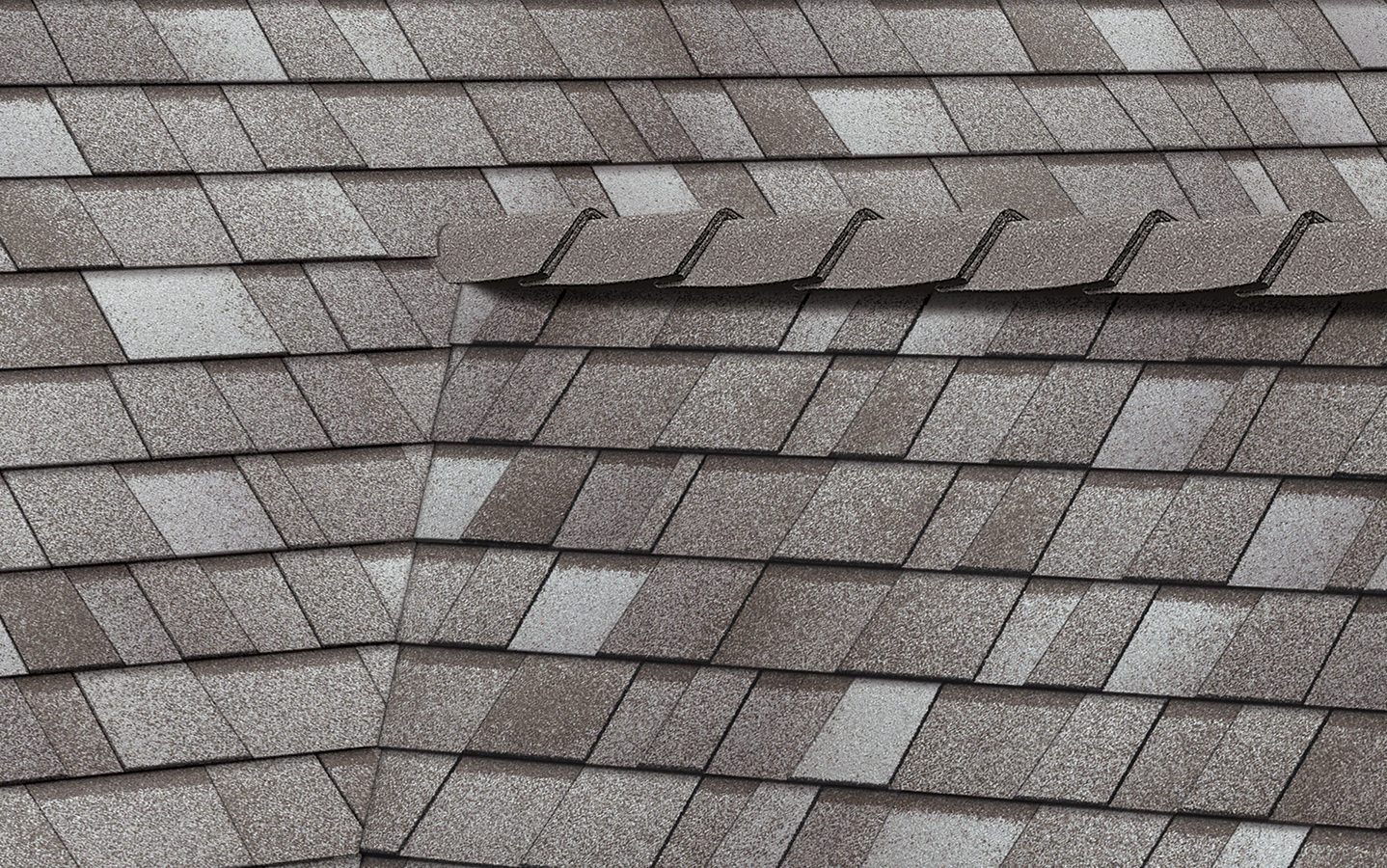6 Best Roofing Materials for Hot Climates: Stay Cool and Protect Your Home
When you live in a region with long, scorching summers, your roof needs to do more than protect you from rain — it must help keep your home cool and energy-efficient.
Choosing the right roofing material for a hot climate can reduce your cooling costs, improve indoor comfort, and extend the lifespan of your roof. But how do you know which material is right for you?
For over a decade, Rescue My Roof has been a leader in the roofing industry. We’ve helped thousands of Wisconsin homeowners protect their homes and families. Now, we’re here to help you, too.
In this article, we’ll break down the best roofing materials for high heat and explain how to choose the right one for your home. Ultimately, you’ll know how to choose the best material to fit your needs.
Why Roofing Material Matters in Hot Climates
Roofs absorb a tremendous amount of heat from the sun. In hot climates, traditional materials can trap heat and transfer it into your home, raising indoor temperatures and straining your air conditioning.
The right roofing material reflects sunlight, allows heat to escape, and is designed to withstand UV exposure — all while standing up to the intense demands of sun and summer storms.
Top 6 Hot Climate Roofing Materials
Looking for the perfect roofing material to keep your home cool? Look no further, here are six materials you should consider:
1. Clay and Terracotta Tiles
Pros:
- Excellent natural thermal resistance
- High solar reflectivity
- Long lifespan (50+ years)
Cons:
- Heavier than other materials; may require structural reinforcement
- More expensive to install

Clay tiles are a go-to for many Southwestern and Mediterranean-style homes. Their curved design allows air to circulate under the tiles, which helps dissipate heat.
2. Concrete Tiles
Pros:
- Durable and energy-efficient
- Can be coated with reflective paint for higher solar reflectivity
- Fire- and wind-resistant
Cons:
- Also heavy and may require structural support
- Prone to fading over time

Concrete tiles are versatile and come in a variety of colors and styles. They reflect heat well and perform even better with light-colored coatings.
3. Metal Roofing
Pros:
- Reflects solar radiation effectively
- Lightweight and recyclable
- Long lifespan (40–70 years)
Cons:
- Can be noisy without proper insulation
- More expensive upfront than asphalt

Metal roofs are an excellent choice for hot climates when painted with reflective or “cool roof” coatings. They shed heat rapidly and are available in various colors and styles.
4. Cool Roofing Shingles
Pros:
- Designed specifically to reflect UV rays
- Available in asphalt and composite materials
- Lower installation cost compared to tile or metal
Cons:
- May not last as long as other materials
- Not all shingles offer the same level of performance

Many manufacturers now offer “cool shingles” that meet Energy Star or Cool Roof Rating Council (CRRC) standards. These shingles reflect more sunlight and absorb less heat than traditional options.
5. Slate Roofing
Pros:
- Natural heat resistance
- Durable and long-lasting
- Unique aesthetic appeal
Cons:
- Heavy and expensive
- Requires professional installation

Slate’s dense composition makes it a good insulator, helping reduce heat transfer into your home.
6. Green Roofs (Living Roofs)
Pros:
- Exceptional insulation and energy efficiency
- Eco-friendly and stormwater-absorbing
- Can extend the life of the roof membrane
Cons:
- Requires significant structural support
- High initial installation and maintenance cost

While less common, green roofs are growing in popularity in urban areas. They offer unparalleled temperature regulation but require a strong, reinforced roofing system.
Tips for Choosing the Best Roof for Your Hot Climate
- Look for Solar Reflectance Index (SRI) ratings: Higher numbers mean better reflectivity and emissivity.
- Choose lighter colors: Darker materials absorb more heat, while lighter colors reflect it.
- Consider local building codes and HOA rules: Some areas may restrict certain materials or styles.
- Work with a local roofing professional: They’ll know which materials perform best in your region.
Selecting the Best Material
Selecting the right roofing material for a hot climate isn’t just about looks — it’s about comfort, performance, and long-term savings. Whether you prefer the sleek look of metal or the classic style of clay tile, the best roofing choice is one that can stand up to the heat while keeping your home cool.
Learn more with “How to Choose the Right Roofing Material for Cold Climates” and “Choosing the Best Roofing Material for High-Wind Areas.”
While we don’t offer clay or slate roofing, asphalt shingles perform well in all weather conditions. If you’re looking for an asphalt roof in southeastern Wisconsin, Rescue My Roof can help. Contact us today to get a free estimate.


